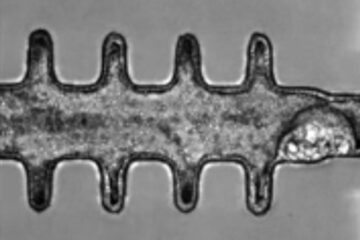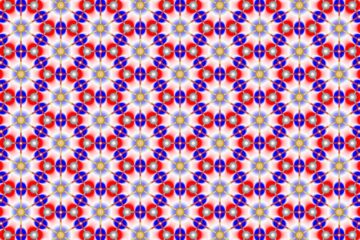Latest News

EukaResist – Enhanced stress tolerance & increased harvest yield by iso-enzyme replacement
Method for enhancement of general stress resistance, based on improved reductant supply (NADPH) in the cytosol via Glucose-6-phosphate dehydrogenase (G6PDH).
– G6PDH-isoenzyme replacement resulted in highly uniform defense responses, enhanced drought tolerance, acceler-ated flowering and increased harvest yields.
Challenge
Worldwide every year billions of US dollars worth of harvest are lost due to biotic (pathogens) and abiotic (drought, heat or salt) stress. Stress responses consume a lot of energy and thus constantly challenge plant performance. The prob-lem of elite lines with high yield in commercial crops is often compromised stress resistance due to intensive breeding. …

Toxic Substances and REACH
The report provides a comprehensive evaluation of national and European environmental policies covering 2004 to 2008. Key sections of the SRU report dealing…

Unlocking the secrets of the seafloor: The future of scientific ocean drilling
The scientific community envisions that this program will succeed the current Integrated Ocean Drilling Program (IODP), which ends in 2013. The outcome of the…

Cosmic Rays Hit Space Age High
“In 2009, cosmic ray intensities have increased 19% beyond anything we've seen in the past 50 years,” says Richard Mewaldt of Caltech. “The increase is…

How the 100th protein structure solved at Diamond impacts our understanding of how insects smell
New research announced today, Wednesday 30th September, by a team of leading scientists working with the UK's national Synchrotron, Diamond Light Source, could…

'Green' research at Louisiana Tech results in new geopolymer concrete technology
Dr. Erez Allouche, assistant professor of civil engineering at Louisiana Tech University and associate director of the Trenchless Technology Center, is…











